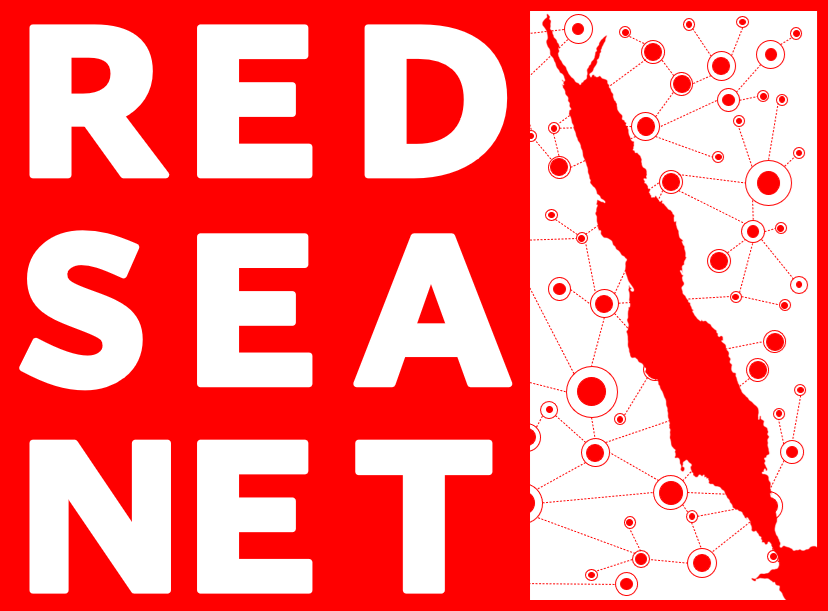Jordan
Jordan is a Red Sea-adjacent country with a small shoreline along the Red Sea in its southwest. It has an area of about 90,000km and a population of about 11.3 million inhabitants.[1] Like many other countries in the Middle East, Jordan faces several interlinked political, social, and economic challenges, such as high rates of unemployment (22.3%) and poverty (35%),[2] public debt (net domestic debt as a percent of GDP of about 38%),[3] low economic growth (2.7%),[4] and the need for political and economic reforms. Those challenges are led by Jordan’s limited resources that are further stressed by the regional instability and the conflict between neighboring countries.
Geographically, Jordan is located in a region with a low precipitation rate (less than 200 ml/year)[5] and inadequate natural water resources (per capita freshwater share of less than 100m ),[6] where 80% of its area is arid land, and more than 96.5% of it is considered nonarable.[7] Moreover, Jordan has no energy resources, so it imports about 94% of its energy, which consumes about 10% of its Gross Domestic Product (GDP).[8] Those limited resources were subjected to further pressure due to the instability in the region, where Jordan hosted five fluxes of refugees since 1948, including more than 1.4 million Syrian refugees since 2010.[9]
Observations and evidence in the last few years have verified that climate change impacts on Jordan are not only predictions but an existing truth. Nowadays, Jordan faces an increasing frequency and intensity of climate-related hazards such as extreme temperatures, heat waves, droughts, desertification, storms, flash floods, and landslides.[10] These climate-related hazards cause severe impacts on all sectors, where lives have been lost, agricultural lands destroyed, and infrastructure damaged. Even though Jordan only contributes 0.06% of global emissions, several adaptation and mitigation measures have been implemented.[11] In 2021, Jordan updated its Nationally Determined Contributions (NDCs) and increased the ambition of greenhouse gas (GHG) reduction up to 31%.[12]
Relative Survey Population Sizes for the Perceptions Survey. Map created by Moustapha Nour-Ayeh.
[1] “Jordan,” in The World Factbook (Central Intelligence Agency, March 13, 2024), https://www.cia.gov/the-world-factbook/countries/jordan/.
[2] A.F. Pirlea et al., eds., Atlas of the Sustainable Development Goals 2023 (Washington, D.C.: World Bank, 2023), https://datatopics.worldbank.org/sdgatlas/.
[3] “Jordan: Second Review Under the Extended Arrangement Under the Extended Fund Facility, Request for Augmentation of Access, and Modification of Performance Criteria-Press Release; Staff Report; Staff Statement; and Statement by the Executive Director for Jordan,” IMF Country Report (Washington, D.C.: World Bank Group, August 24, 2021), https://www.imf.org/en/Publications/CR/Issues/2021/08/24/Jordan-Second-Review-Under-the-Extended-Arrangement-Under-the-Extended-Fund-Facility-464551.
[4] Sue Pleming and Nabeel Darweesh, “Increasing Women’s Economic Participation Is Key to Jordan’s Long-Term Growth and Development” (Press Release, Amman, Jordan, December 19, 2023), https://www.worldbank.org/en/news/press-release/2023/12/19/increasing-women-s-economic-participation-is-key-to-jordan-s-long-term-growth-and-development.
[5] “Average Precipitation in Depth (Mm per Year) - Jordan” (Food and Agriculture Organization, electronic files and web site, 2020), https://data.worldbank.org/indicator/AG.LND.PRCP.MM?locations=JO.
[6] “Renewable Internal Freshwater Resources per Capita (Cubic Meters) - Jordan” (Food and Agriculture Organization, AQUASTAT data., 2020), https://data.worldbank.org/indicator/ER.H2O.INTR.PC?locations=JO.
[7] Yaser Jararweh and G. Darrel Jenerette, “Evaluating Climate Change Impacts on the Arid Lands and Water Resources in Jordan,” PARTNERSHIPS FOR ENHANCED ENGAGEMENT IN RESEARCH (PEER) SCIENCE (Washington, D.C.: The National Academies of Sciences, Engineering, and Medicine, December 2015), https://sites.nationalacademies.org/PGA/PEER/PEERscience/PGA_084062.
[8] “Jordan: Analysis - Energy Sector Highlights” (Washington, D.C.: U.S. Energy Information Administration, 2021), https://www.eia.gov/international/overview/country/JOR.
[9] “Jordan Response Plan 2015 for the Syria Crisis” (Amman, Jordan: The Hashemite Kingdom of Jordan Ministry of Planning and International Cooperation, 2015), http://www.jrp.gov.jo/Files/JRP_Executive_Summary_ENG2015.pdf.
[10] “Jordan Country Climate and Development Report,” The Country Climate and Development Report (Washington, D.C.: World Bank Group, November 2022), https://www.worldbank.org/en/country/jordan/publication/jordan-country-climate-and-development-report.
[11] “Jordan: Climate Fact Sheet,” Country-Level Climate Fact Sheet (Amman, Jordan: Jordan Red Crescent Climate Centre, 2022), 6, https://www.climatecentre.org/wp-content/uploads/RCCC-Country-profiles-Jordan-2022-Final-1.pdf; Gerlo Borghuis et al., “The Role of Water Productivity in Water and Agricultural Policies in Jordan,” Water Productivity Improvement in Practice (Wageningen, Netherlands: Wageningen University and Research in partnership with MetaMeta and IHE Delft Institute for Water Education, 2022), https://waterpip.un-ihe.org/sites/waterpip.un-ihe.org/files/jordan_policy_review_final_comp.pdf.
[12] “The National Climate Change Adaptation Plan of Jordan - 2022” (Amman, Jordan: The Hashemite Kingdom of Jordan Ministry of Environment, 2022), https://www.moenv.gov.jo/ebv4.0/root_storage/en/eb_list_page/national_adaptation_plan.pdf.

